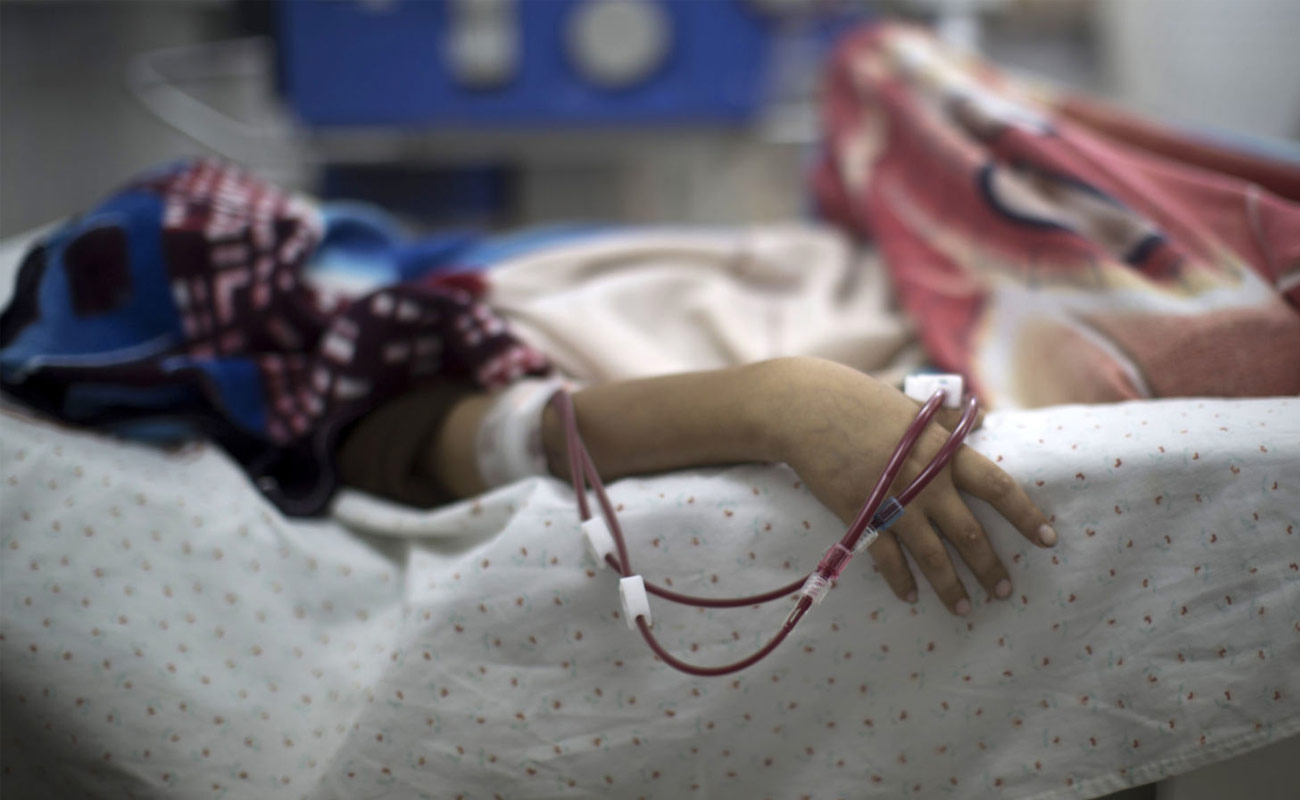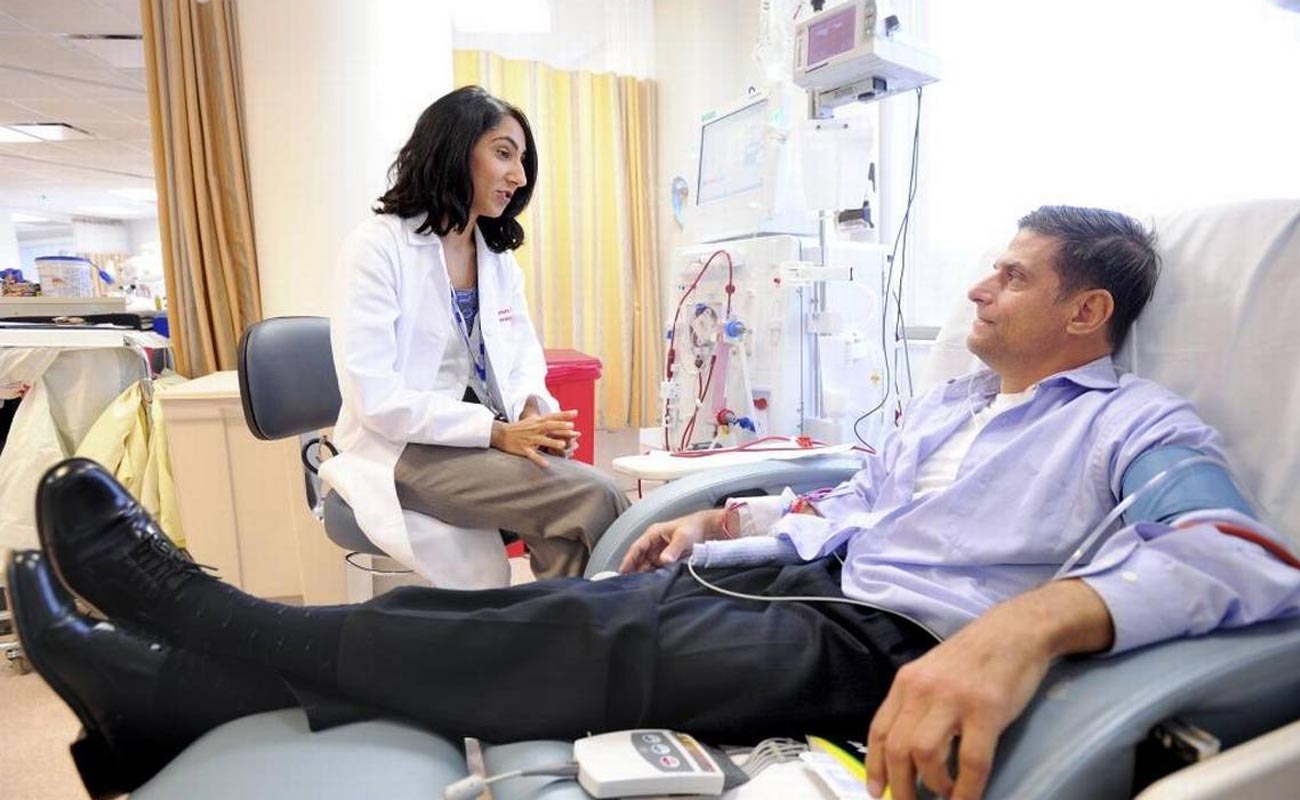Acute kidney injury, also called acute renal failure, covers a varied range of kidney damages. Over the past few years the definition of acute kidney injury has been subject of modifications. Detection of these disorders now is almost completely based on observing creatinine levels. It is done with or without urine output. Acute kidney injury is more and more being seen among individual without any acute diseases.

Acute kidney injury is observed in 13–18 percent of all those admitted to hospital. Needless to say that older people are particularly affected by the condition. The elderly patients are typically under the care of healthcare specialists working in specialties except for nephrology, who might not always be familiar with the optimal care of patients with acute renal injury. The number of the patients stayed in hospital affected by acute renal injury implies that the disorder has a great
Acute kidney injury is unexpected injury to the kidneys. It makes them not to function appropriately. It varies from slight problem in the kidney functioning to its complete failure.
The condition generally happens as a complication of another severe sickness. Despite what the name might put forward, it does not happen as a result of a physical damage to the kidneys.
Typically this kind of kidney injury is observed in the elderly who are not well with other conditions and the kidneys are affected as well.
It is crucial for AKI to be identified early and treated on the dot. The characteristic functions of the kidneys include:
Without rapid treatment, atypical levels of chemicals and salts could accumulate in the body, affecting the capability of the other body part for functioning appropriately.
If the kidneys fail totally, temporary use of a dialysis machine will be required. Of course this condition could be so worse that it could result in death.

According to the causes, symptoms of acute kidney injury may vary. They might include:
In some of the cases, AKI indicated no signs. In these instances, the condition is diagnosed by the other exams carried out by the healthcare professional.
AKI could be identified through assessing urine leaving the body and perfuming blood tests.
One of the most common diagnosis is measuring Blood levels of creatinine (a chemical wastes created by the muscles). Fine and healthy kidneys filter creatinine and the other wastes, excreting them from the blood through urine. It is, in fact, a very easy and fast sign of kidney working properly. Obviously, the higher levels of creatinine in the blood is an indication of poor kidney functioning.
Diagnosis In adults could be done if:
The health care professionals use the plasma creatinine level for children and teenagers to determine the assessed glomerular filtration rate (measuring kidney’s waste filteration - eGFR). If the children have at least 25 percent fall in eGFR within a week, a diagnosis of AKI will be made.
AKI most of the time happens in association with the other conditions and disorders. The conditions increasing the risk of acute kidney injury are as follows:

AKI may happen due to several reasons. Though the most prevalent reasons include:
Reduction in blood flow could damage the kidneys. The conditions leading to reduced blood flow are mentioned blow:
Some specific disorders may trigger clotting within the blood vessels of the kidney, this, in fact, can result in acute kidney injury. Some of these disorders are as follows:
Some infections, like septicemia and acute pyelonephritis may cause injured kidney in a direct way.
Also, pregnancy could cause some complications damaging the kidneys. placenta previa and placenta abruption are the most prevalent ones.

Treatment for acute kidney injury usually involves hospitalization; of course many of the patients suffering from acute kidney failure are already hospitalized. Duration of the hospitalization has to do with the cause of the injury and how long it takes for the kidney to recover, although some patients might recover at home.
The physician would try to prevent complications and buy the kidneys time to heal. Some of the treatments helping to prevent complications are:
Submit Comment